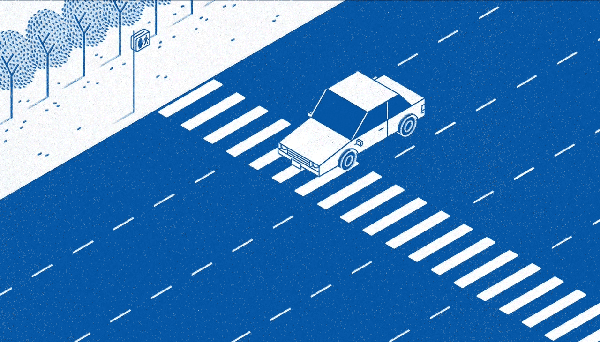| A boy’s death has launched a movement to end pedestrian and cyclist fatalities in New York City and beyond.  Illustrations by Josie Norton Almost everyone who has been a pedestrian in America has faced a disquieting sequence of thoughts when traversing a crosswalk: Do drivers see me? Will they recognize my right of way? Should I cross—or wait? These few seconds of decision-making can either save or endanger a person’s life, and, notably, the onus is on the pedestrian to fend for herself. In an urgent and gripping investigation, Danyoung Kim looks at the movement to reduce traffic deaths—an “epidemic that most Americans don’t see”—and talks to people who have lost their loved ones, including the family of a twelve-year-old boy named Sammy Cohen Eckstein, who, in 2013, was hit and killed by a driver near his apartment in Brooklyn. His mother, Amy Cohen, helped found a group called Families for Safe Streets, which has lobbied state legislators for major changes to speed limits and street infrastructure. The piece features a devastating interactive map of traffic crashes in New York City that have resulted in pedestrian or cyclist injuries in recent years, along with illustrations that demonstrate how changes to road design could make our streets safer. But the path to enacting cultural and policy reform is long, and, frequently, even when families go to police with eyewitness or video evidence of their loved ones’ wrongful deaths, “the dead are the ones who get blamed.” As one transportation journalist told Kim, “The basic rule that I discovered over the years is if you ever want to murder someone in New York City, do it with a car.” —Jessie Li, newsletter editor If you like the New Yorker Daily, please share it with a friend. Was this newsletter forwarded to you? Sign up here. |
No comments:
Post a Comment